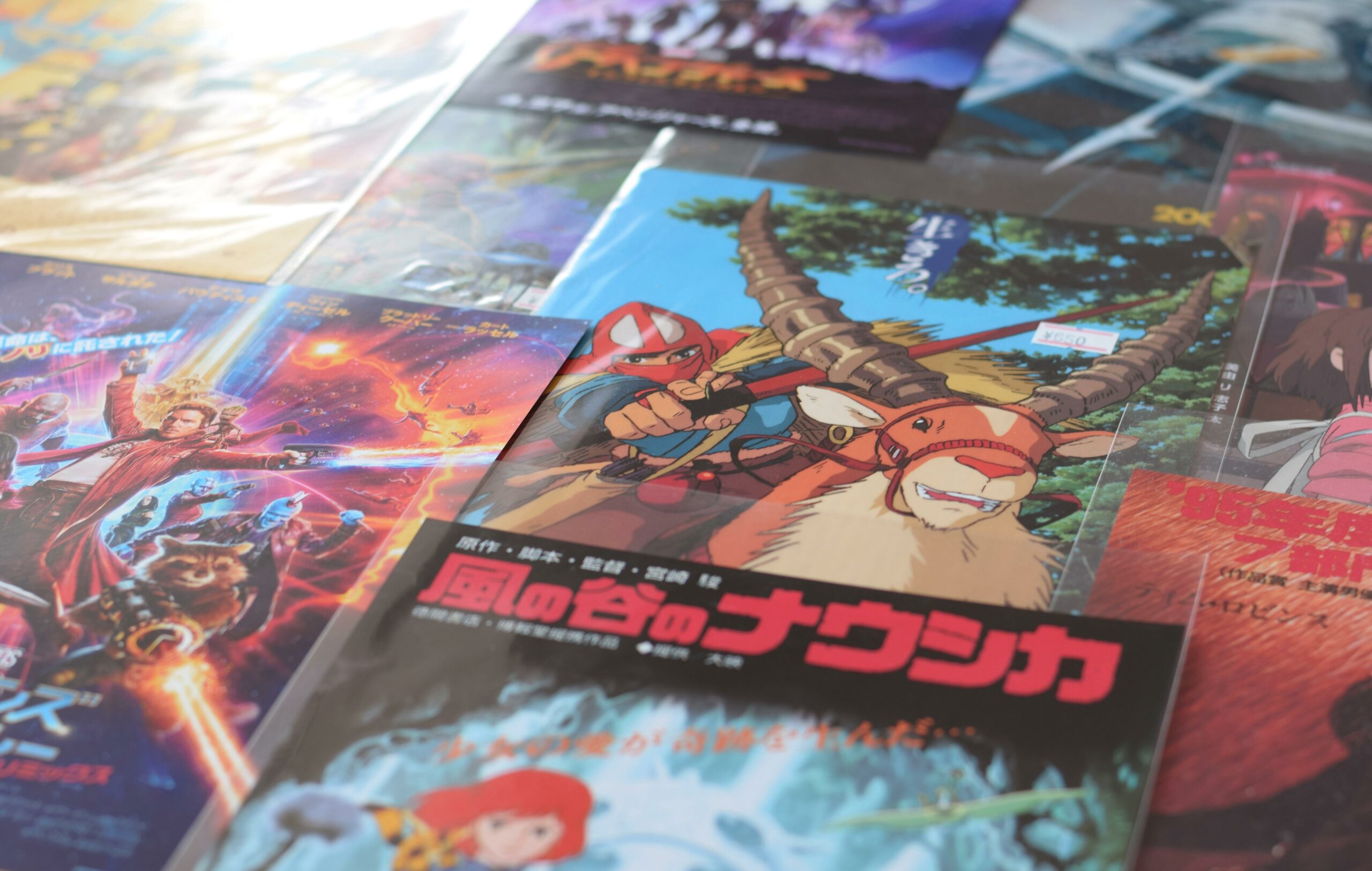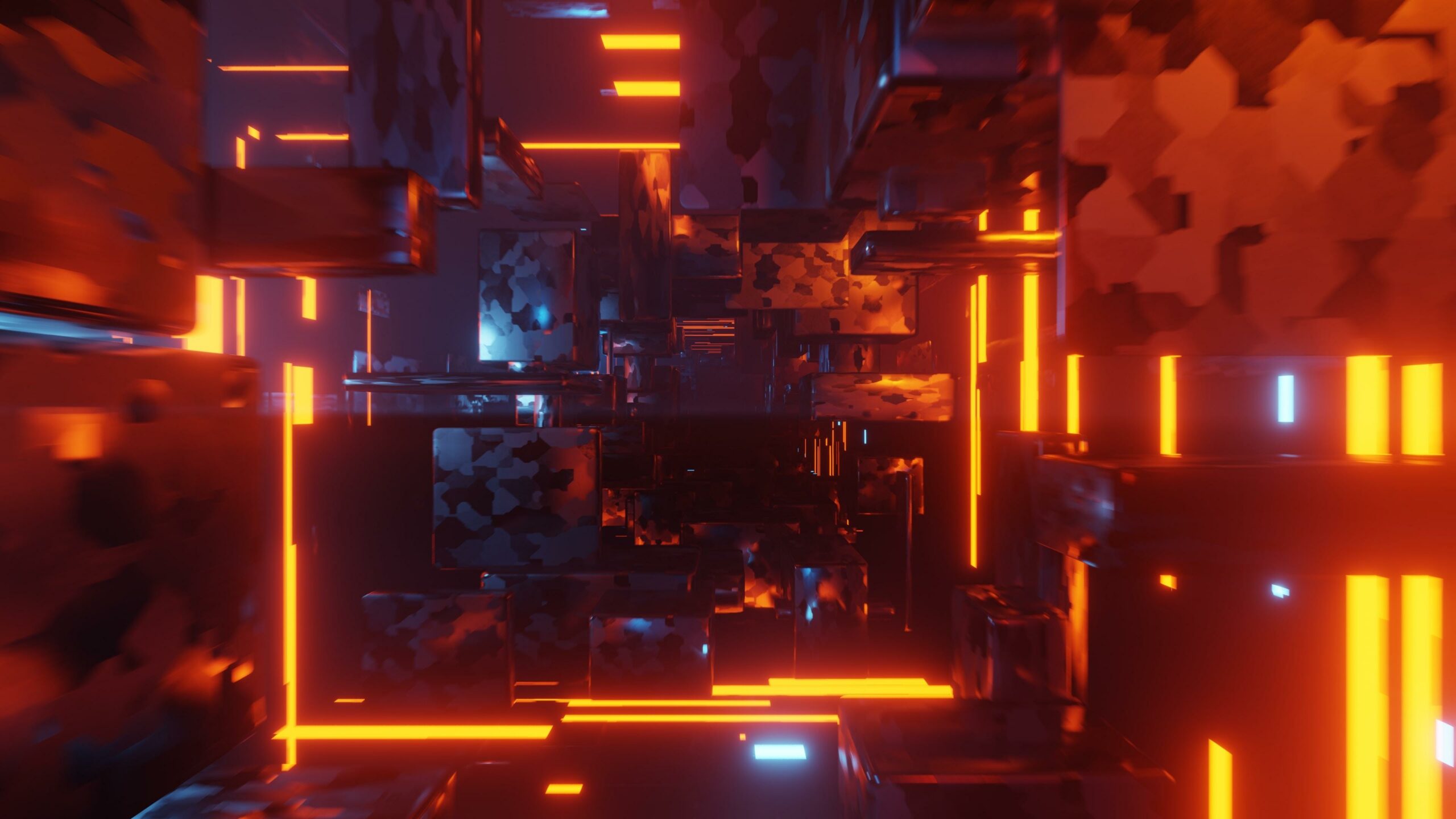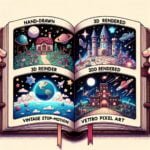Welcome to the fascinating world of animation, where creativity knows no bounds and imagination takes flight. In this article, we are about to embark on an exhilarating journey that will unveil the diverse realms within animation. From the enchanting realms of 2D and 3D animation to the mesmerizing allure of stop motion, motion graphics, and emerging technologies like virtual reality and augmented reality animation, we will delve into the breathtaking array of forms that animation can take. So buckle up and prepare to be captivated as we explore the various forms of animation and discover the magic that lies within each.

Various forms of animation
Animation is a captivating art form that has evolved over the years, encompassing a wide range of techniques and styles. In this article, we will delve into the mesmerizing world of animation and explore its various forms. From traditional hand-drawn animation to cutting-edge 3D and motion graphics, let’s uncover the diversity that lies within the realm of animation.
Traditional Animation: Drawing Life Frame by Frame
One of the most well-known forms of animation is traditional animation, which involves the meticulous process of drawing each frame by hand on paper or cels. This timeless technique requires immense skill and patience, as animators meticulously bring characters and scenes to life through a series of sequential drawings.
Traditional animation allows animators to infuse their unique style and personality into every frame. The artistry and attention to detail in each hand-drawn frame create a sense of authenticity and charm that is hard to replicate. However, this method can be time-consuming and labor-intensive, making it more suitable for smaller projects or artistic endeavors.
“Traditional animation breathes life into characters, making them come alive with every pencil stroke.”
Stop Motion Animation: Telling Stories Through Physical Manipulation
Another captivating form of animation is stop motion, where physical objects are manipulated and photographed frame by frame to create the illusion of movement. Through precise adjustments and meticulous positioning, animators bring inanimate objects to life, captivating audiences with their creative storytelling.
From clay animation, where clay figures are shaped and posed, to cutout animation, which uses flat characters made of paper or cardboard, there are endless possibilities within the realm of stop motion. Each tiny movement and adjustment adds depth and character to the animation, creating a unique visual experience.
“With stop motion animation, even the simplest objects can tell the most extraordinary stories.”
3D Animation: Breathing Life into Digital Worlds
With the advent of technology, the realm of animation has expanded into the digital realm, giving birth to 3D animation. This form of animation involves creating and animating digital models using sophisticated computer software.
The world of 3D animation allows for endless creativity and possibilities. From realistic characters and breathtaking landscapes to fantastical creatures and otherworldly adventures, 3D animation brings imagination to life with stunning visuals and a sense of realism. However, mastering the intricacies of 3D animation requires a deep understanding of the software and technical skills.
“In the realm of 3D animation, digital worlds come alive, transporting viewers to places beyond imagination.”
Typography Animation: Words That Dance and Captivate
Typography animation, a unique form of animation, blends the art of design and storytelling with the power of words. Using various fonts, styles, and effects, animators breathe life into text, conveying messages and stories in an engaging and visually captivating way.
This form of animation allows for creative expression, as designers can play with typography to evoke specific emotions or enhance the narrative. The movement of letters and words adds an extra layer of impact, capturing the attention of viewers and leaving a lasting impression.
“Typography animation transforms words from mere text into a mesmerizing dance of expression.”
Rotoscoping: Blurring the Lines Between Animation and Reality
Rotoscoping is a fascinating animation technique that involves tracing over live-action footage frame by frame. By employing this method, animators can create realistic movement and bring a sense of authenticity to their animated works.
This technique blurs the lines between animation and reality, seamlessly merging the two worlds. Rotoscoping allows for the incorporation of intricate details and nuances from live-action footage, resulting in animations that feel grounded and lifelike.
“Rotoscoping bridges the gap between reality and animation, adding depth and realism to the animated world.”
Anime: Japan’s Vibrant Animation Style
Anime, a distinct style of animation originating from Japan, has gained worldwide recognition for its vibrant visuals and engaging storytelling. Anime encompasses a wide range of genres and styles, catering to diverse audiences and captivating viewers with its unique aesthetic.
With its iconic character designs and imaginative worlds, anime has become a powerful medium for storytelling and artistic expression. From awe-inspiring action sequences to heartwarming tales, anime continues to captivate and inspire audiences across the globe.
“Anime paints breathtaking narratives with colors and strokes that transcend cultural boundaries.”
Motion Graphics: Dynamic Visual storytelling
Motion graphics bring together various graphic elements such as shapes, logos, icons, and charts to create dynamic visuals that engage and captivate viewers. This form of animation is often used in advertising, explainer videos, and presentations to convey complex information in a visually compelling manner.
By combining captivating visuals, smooth transitions, and effective use of timing, motion graphics create a seamless flow of information, enhancing the viewer’s understanding and retention.
“Motion graphics transform data and information into a visual symphony that sparks curiosity and understanding.”
From traditional hand-drawn animation to cutting-edge 3D animation and motion graphics, the world of animation is a melting pot of creativity and storytelling. Each form of animation brings its own unique style and technique, captivating viewers with its distinct visual language. By embracing diversity within animation, we unlock a world of endless possibilities and immerse ourselves in the fascinating realm of storytelling through movement.
Animation is a fascinating art form that brings characters and stories to life through movement. Whether it’s hand-drawn, computer-generated, or stop-motion, the world of animation offers a wide range of techniques and styles. If you’re curious about the different types of animation and want to explore them further, click here to discover more about the captivating world of animation: Types Of Animation. From traditional 2D animation to cutting-edge 3D CGI, this comprehensive guide will take you on an exciting journey through the various forms of animation. So don’t wait any longer, click the link and delve into the enchanting realm of animation!
FAQ
Question 1: What are the different types of animation?
Answer: The most common types of animation include traditional animation, stop motion, 3D animation, typography animation, clay animation, rotoscoping, anime, cutout animation, and motion graphics.
Question 2: How is traditional animation created?
Answer: Traditional animation involves drawing each frame by hand on paper or cels.
Question 3: What is stop motion animation?
Answer: Stop motion animation involves manipulating physical objects and taking photos of them frame by frame.
Question 4: How is 3D animation produced?
Answer: 3D animation involves creating and animating digital models using computer software.
Question 5: What is typography animation?
Answer: Typography animation uses text and fonts to convey a message or a story.












